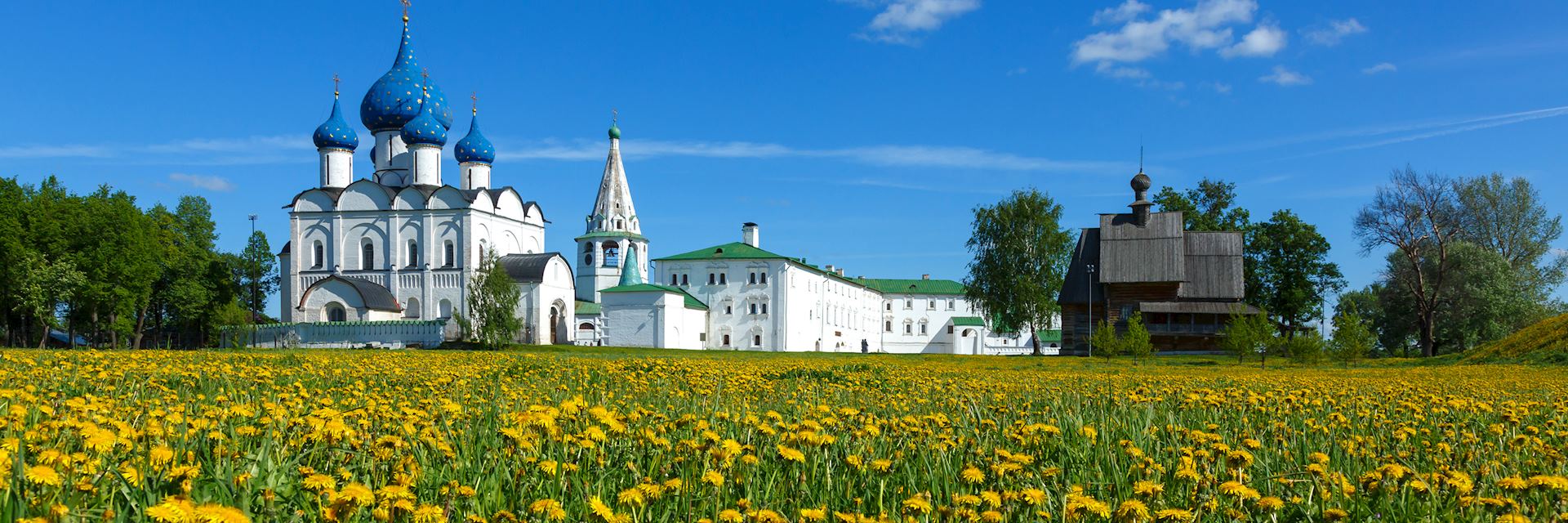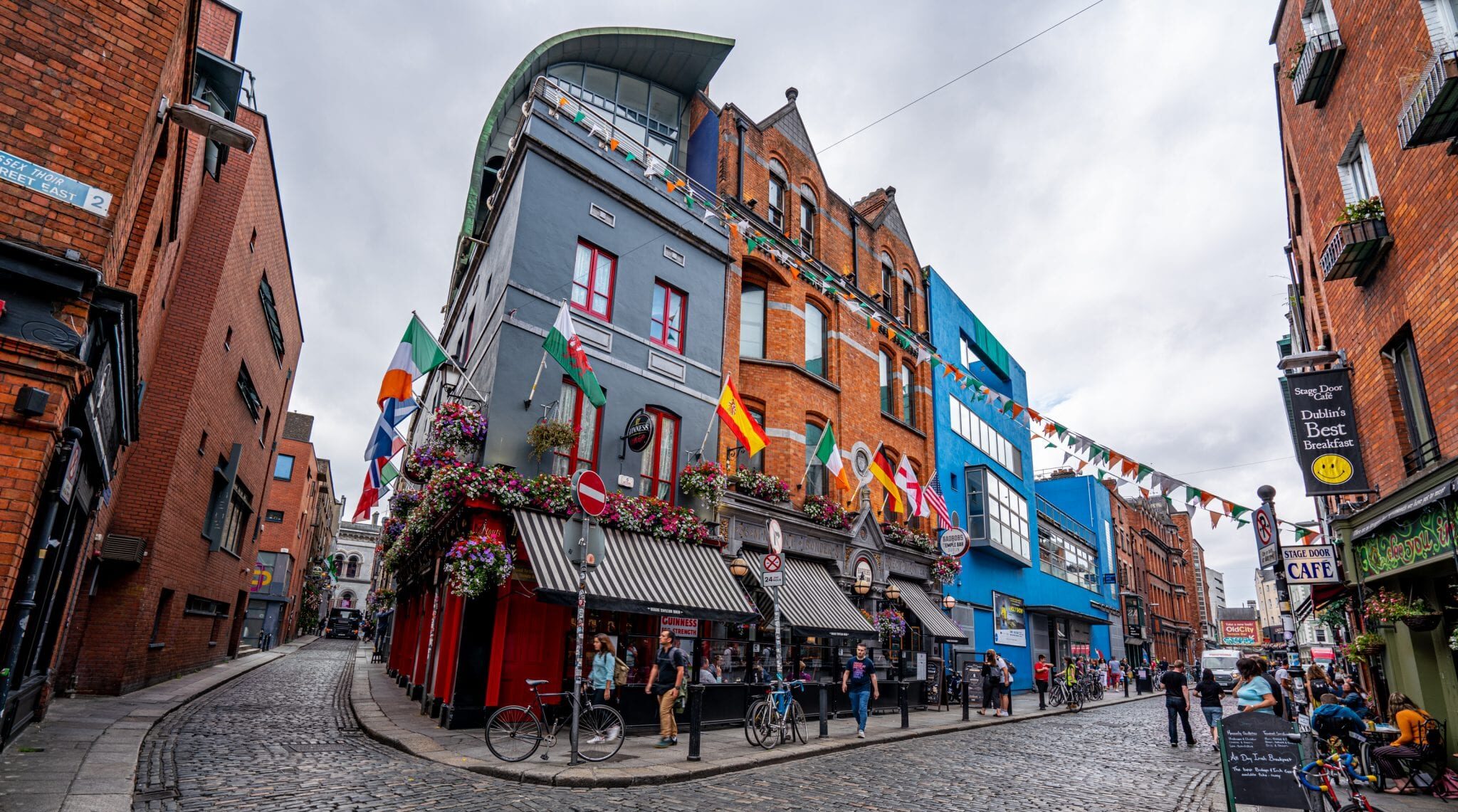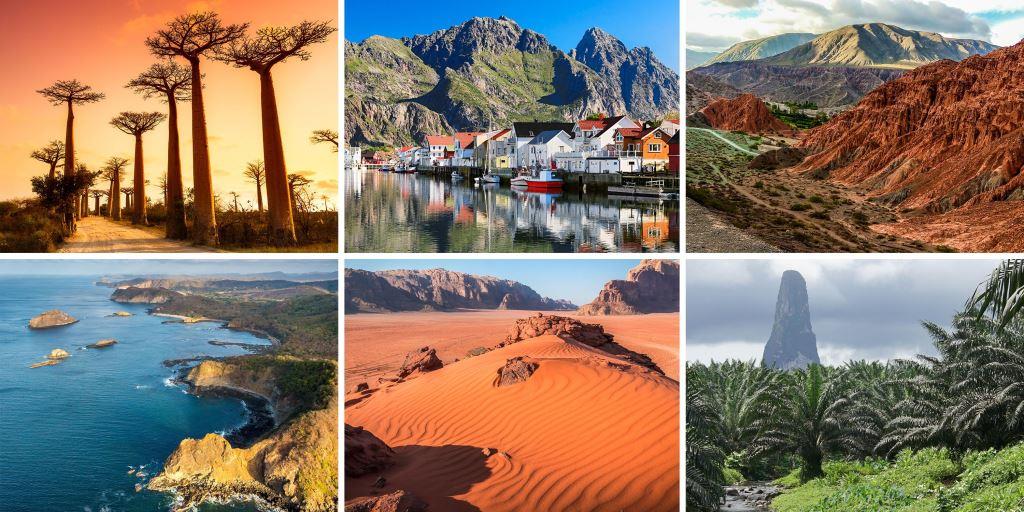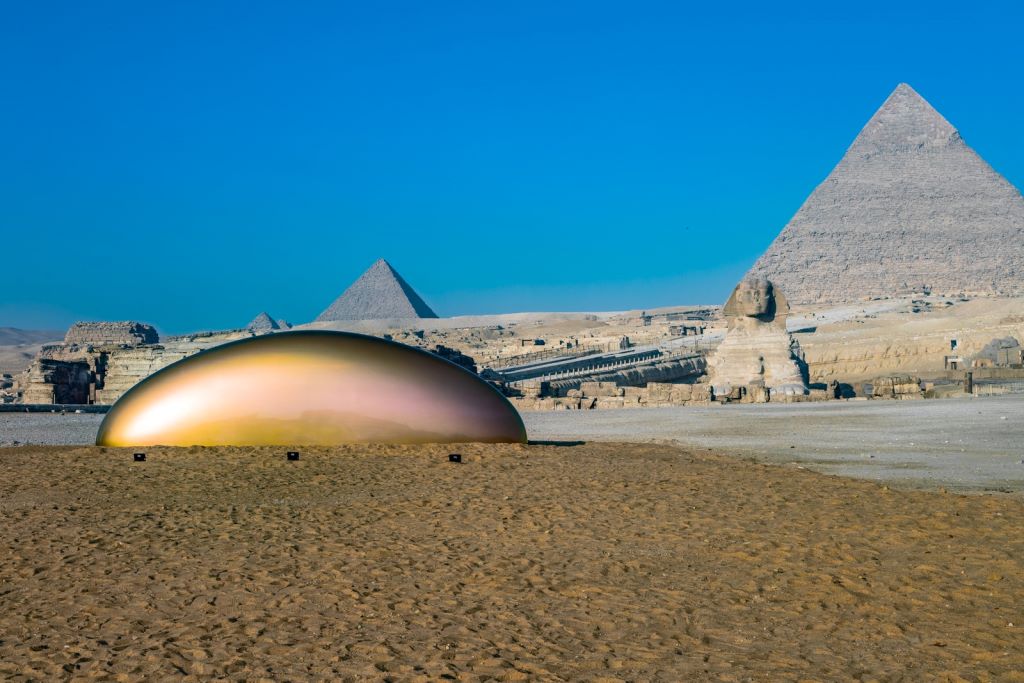The ancient cities of Vladimir (founded in 1108) and Suzdal (known since 1024), which stood in the XII-XIII centuries. at the head of the mighty old Russian Vladimir-Suzdal principality, located in the center of the European part of Russia, about 200 km east of Moscow, and at a distance of 30 km from each other. During the existence of the Vladimir-Suzdal principality, its own architectural and artistic school developed here, which was characterized by: masonry of white limestone slabs (hence the name – “white stone” monuments), sophistication of proportions, fine stone carving on various natural subjects (animals, plants), arcature belts, the external lightness of buildings and the ability to fit them into the surrounding natural landscape.
The real masterpieces of this school are precisely those monuments (more precisely, eight separate monuments plus two ensembles), which make up this nomination. Some of them are located in the center of Vladimir (Assumption and Dmitrievsky Cathedrals, Golden Gate), others in Suzdal (Nativity Cathedral and Bishops’ Chambers of the Suzdal Kremlin, Spaso-Evfimiev and Pokrovsky Monasteries). These are also monuments located in the suburbs: the Church of the Intercession on the Nerl, the palace of Andrei Bogolyubsky in Bogolyubovo, as well as the church of Boris and Gleb in the village of Kideksha. Nowadays, all these monuments (as well as a number of other attractions of the Vladimir-Suzdal land) are part of the State Vladimir-Suzdal Historical, Architectural and Art Museum-Reserve (established in 1958). Spaso-Evfimiev and Pokrovsky monasteries).

White Monuments of Vladimir and Suzdal
These are also monuments located in the suburbs: the Church of the Intercession on the Nerl, the palace of Andrei Bogolyubsky in Bogolyubovo, as well as the church of Boris and Gleb in the village of Kideksha. Nowadays, all these monuments (as well as a number of other attractions of the Vladimir-Suzdal land) are part of the State Vladimir-Suzdal Historical, Architectural and Art Museum-Reserve (established in 1958). Spaso-Evfimiev and Pokrovsky monasteries). These are also monuments located in the suburbs: the Church of the Intercession on the Nerl, the palace of Andrei Bogolyubsky in Bogolyubovo, as well as the church of Boris and Gleb in the village of Kideksha. Nowadays, all these monuments (as well as a number of other attractions of the Vladimir-Suzdal land) are part of the State Vladimir-Suzdal Historical, Architectural and Art Museum-Reserve (established in 1958).

White Monuments of Vladimir and Suzdal
Vladimir
Vladimir is a city of history and culture, located on the left bank of the Klyazma. In the past, it was the ancient capital of the Rostov-Suzdal principality, the administrative center of the governorship, then the province. From the end of the 19th century, a telegraph and a water supply system began to operate in the city, and later the first power plant was put into operation. There are many churches, monasteries and monuments that tell about the life and development of Vladimir throughout the entire period of his existence.
Suzdal
A trip to Suzdal is a real journey into the past. Earthen ramparts bear the imprint of the Middle Ages and remind of the appearance of the first settlements on the territory of Suzdal. Peaceful silence reigns in the city, which is only occasionally broken by the ringing of the bell towers of numerous churches and monasteries and the chimes of the Suzdal Kremlin.
Suzdal is called the pearl of the Golden Ring of Russia. This is one of the oldest Russian cities – the first mentions of it in the annals date back to 1024, more than a hundred years before the foundation of Moscow. Five hundred years later, Suzdal became the religious center of Russia – at that time there were more than ten monasteries in the city. But then the city’s economy fell into decay, and by the beginning of the 20th century, Suzdal was already considered a remote province.
Now Suzdal is a large tourist center, loved by both Russians and foreigners. For the first, a trip here is an opportunity to learn more about the traditions, architecture and history of their native country, for the second – Russian exoticism. In Suzdal, you can forget about sweet soda: here, almost at every step, traditional Russian drinks are sold – sbiten and mead, including their non-alcoholic versions.
The main thing in Suzdal, of course, is architecture – they say that nowhere in Russia are so many ancient monuments preserved (there are more than three hundred of them here). With the naked eye, you can see that some of them are in need of restoration. Go to the Suzdal Kremlin, look at the Trading Rows, feel the provincial silence and grandeur of Central Russian nature. Many people think that one weekend is enough for a trip to Suzdal, but if you want to really disconnect from the hustle and bustle of big cities, go there for a week.
















